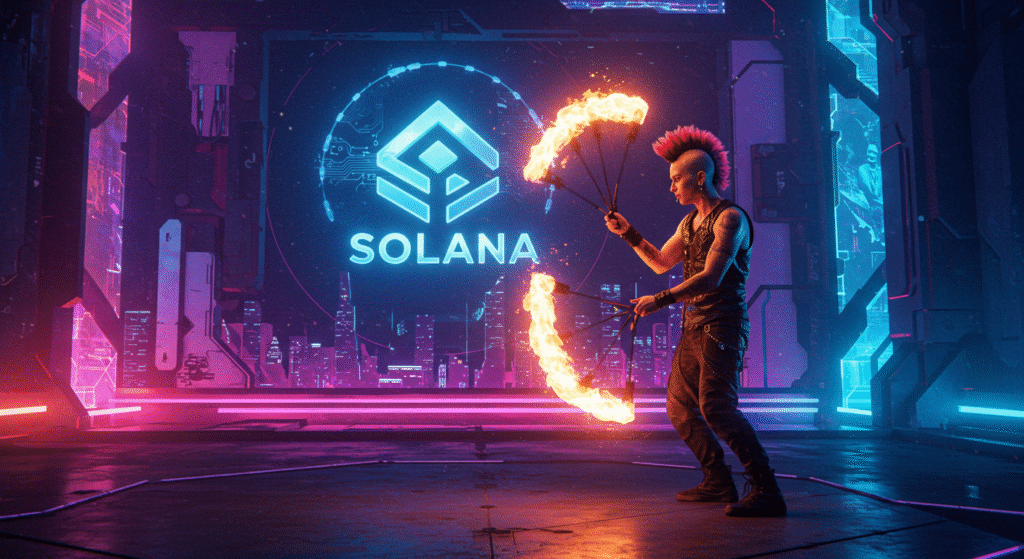Solana has built its reputation on unparalleled speed, but its history has been plagued by stability issues. The Firedancer project is the network’s monumental answer to this challenge—a comprehensive client built from the ground up designed to secure, stabilize, and dramatically accelerate the Solana ecosystem.
Developed by Jump Crypto, Firedancer is one of the most significant architectural upgrades in Solana’s history, moving it beyond reliance on a single codebase and paving the way for institutional adoption.
What is Firedancer?
Firedancer is an independent, open-source validator client for the Solana blockchain.
In plain terms, every major blockchain needs software (a client) to run the network, process transactions, and maintain the ledger. Historically, Solana has relied almost exclusively on its original client, which is written in the programming language Rust.
Firedancer is a completely new version of this software, written in the highly optimized language C/C++. It is designed to perform the same function—validating transactions on the Solana Virtual Machine (SVM)—but with extreme efficiency and entirely different code.
Why Firedancer Matters: Eliminating Single Points of Failure
The existence of Firedancer is vital for two primary reasons: stability and decentralization.
1. Client Diversity for Stability
Relying on a single codebase for validation creates a catastrophic single point of failure. If the main Rust client contains a critical, unnoticed bug (which was often the cause of Solana’s historical network outages), all validators using that client fail simultaneously, bringing the entire chain to a halt.
By introducing Firedancer, validators have a choice. If a bug is discovered in the original Rust client, validators running the Firedancer client can continue processing transactions, preventing a total network shutdown. This client diversity is an essential feature of robust, enterprise-grade blockchains like Ethereum, and Firedancer brings Solana into that tier of reliability.
2. Performance and Efficiency
While stability is the primary driver, the choice of C/C++ is also strategic. This language is highly optimized for resource management and speed, allowing Firedancer to process data faster and more efficiently than the original client, even under extreme load. This optimization is crucial for achieving the next generation of scale required for high-frequency trading and massive gaming applications.
Key Benefits for Solana’s Future
Firedancer offers multiple tangible benefits that directly address Solana’s past vulnerabilities and enhance its competitive edge:
| Benefit | Description | Impact on Ecosystem |
|---|---|---|
| Network Resilience | Prevents system-wide outages by ensuring that a bug in one client does not halt the entire network. | Drastically improves trust and uptime, critical for institutional and corporate use. |
| Increased Throughput | The C/C++ optimization allows validators to process more transactions per second (TPS) than the Rust client. | Raises Solana’s overall theoretical speed limit, attracting high-demand applications. |
| Reduced Centralization Risk | Development of the core protocol is no longer reliant on a single team (Solana Foundation). | Enhances decentralization and the protocol’s governance, making it more robust. |
| Hardware Efficiency | The optimized code enables validators to run on less expensive or less powerful hardware. | Lowers the barrier to entry for running a validator, further boosting decentralization. |
In essence, Firedancer represents a maturation point for the Solana network. It transforms the project from a high-speed, yet sometimes fragile, chain into a reliable, enterprise-ready infrastructure capable of handling global scale and institutional capital.

